ข้อ 3 – จะเข้าใจคำจำกัดความของ “ความต้านทานเชิงป้องกัน” ได้อย่างไร
อิมพีแดนซ์ป้องกันทั้งสองเชื่อมต่อระหว่างขดลวดปฐมภูมิและขดลวดทุติยภูมิของหม้อแปลง T2 เส้นประในรูปด้านล่างแสดงถึงการแยกระหว่างส่วนแรงดันไฟฟ้าทำงาน 220-240V และส่วนแรงดันไฟฟ้าทำงานต่ำ (SELV)
รูปด้านล่างคือแผนภาพวงจรของเครื่องกำเนิดไอออนลบ ตัวต้านทานสองตัวที่เลือกโดยสี่เหลี่ยมสีแดงนั้นเป็นอิมพีแดนซ์ในการป้องกันโดยทั่วไป
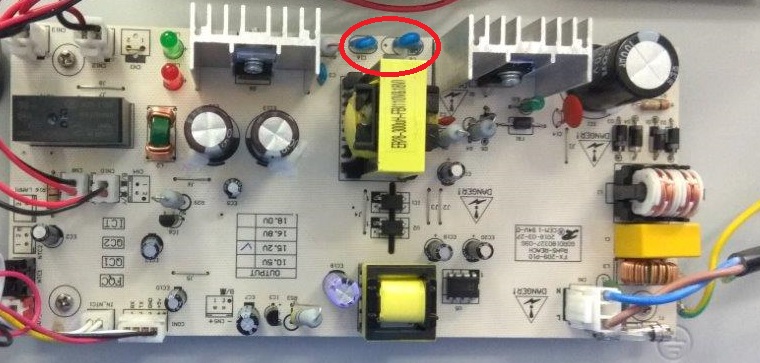
ในภาพด้านล่าง มีอิมพีแดนซ์ป้องกัน CY1 และ CY2 หรือไม่
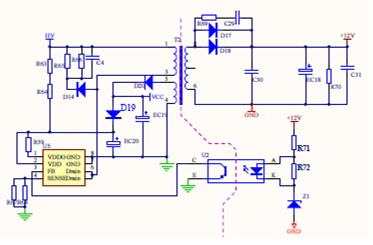
จากคำจำกัดความของมาตรฐาน อิมพีแดนซ์ป้องกันถูกใช้ในโครงสร้างประเภท II ที่มีการต่อสายดิน หากการต่อสายดินที่นี่ถูกกำหนดให้เป็นการต่อสายดินการป้องกัน เห็นได้ชัดว่า CY1 และ CY2 ไม่สามารถกำหนดเป็นอิมพีแดนซ์การป้องกันได้ เนื่องจากอิมพีแดนซ์การป้องกันถูกใช้ในการก่อสร้างคลาส II และนี่คือการก่อสร้างคลาส I ถ้าการต่อสายดินและ nbsp;ในที่นี้ถูกกำหนดให้เป็นการต่อสายดินเชิงฟังก์ชัน แสดงว่ามีปัญหาสองประการ ประการแรก นี่คือโครงสร้างคลาส I ดังนั้น CY1 และ CY2 จึงไม่สามารถกำหนดเป็นอิมพีแดนซ์การป้องกันได้ ประการที่สอง หากเป็นโครงสร้างคลาส II ก็สามารถกำหนด CY1 และ CY2 เป็นอิมพีแดนซ์การป้องกันได้ จากนั้นจึงจำเป็นต้องปฏิบัติตามข้อกำหนดที่เกี่ยวข้องของอิมพีแดนซ์การป้องกัน ความเห็นส่วนตัวของฉันคือ CY1 และ CY2 ไม่ใช่อิมพีแดนซ์ป้องกัน และเราสามารถถือเป็นฉนวนพื้นฐานได้โดยตรง ท้ายที่สุดแล้วการออกแบบที่แสดงในแผนภาพวงจรไม่ได้รับการยอมรับจากมาตรฐานใช่หรือไม่ และ nbsp;
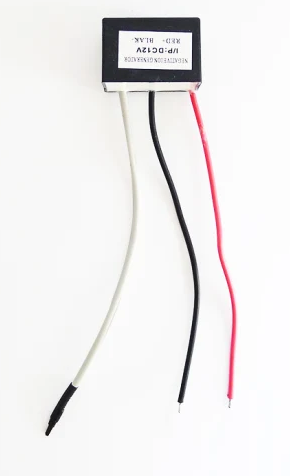
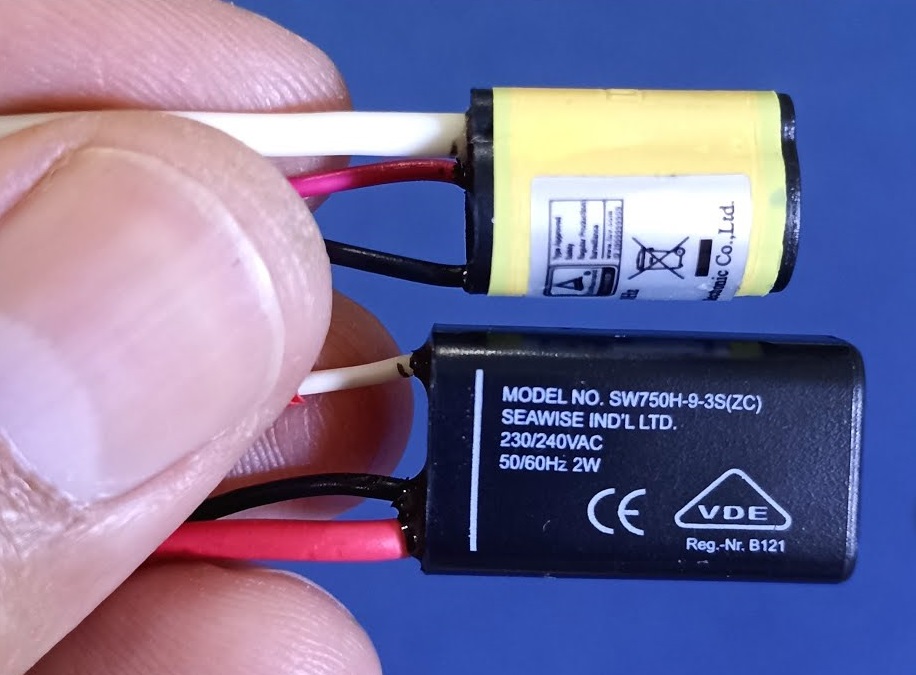
ถ้าเป็นอิมพีแดนซ์ป้องกัน ซึ่งจะต้องเป็นไปตามข้อ 22.42 – “อิมพีแดนซ์ป้องกันต้องประกอบด้วยส่วนประกอบแยกจากกันอย่างน้อยสองตัว”
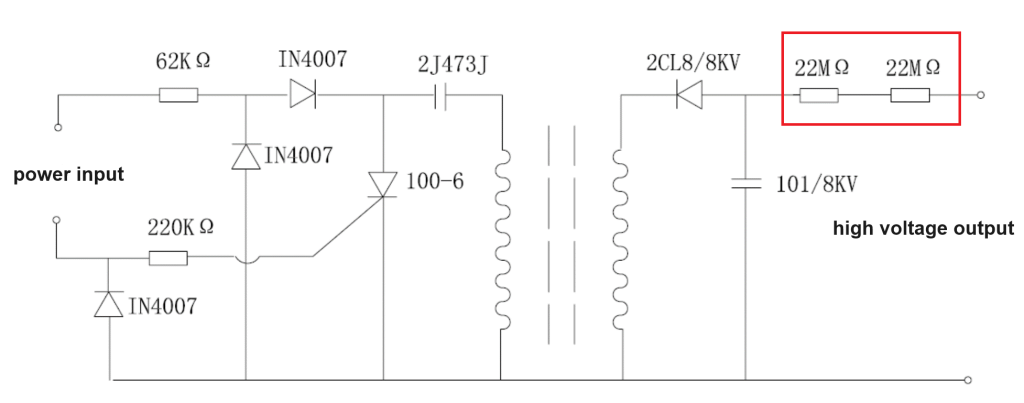
In the picture shown below, are CY1 and CY2 protective impedances?
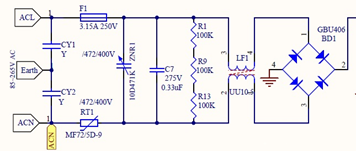
From the definition of the standard, the protective impedance is used in the class II construction, where there is earthing. If the earthing here is defined as protection earthing, then obviously, CY1 and CY2 cannot be defined as protection impedance, because protection impedance is used in class II construction, and here is class I construction. If the earthing here is defined as functional earthing, then there are two problems. First, this is a class I structure, then CY1 and CY2 cannot be defined as protection impedance. Second, if it is a class II structure, CY1 and CY2 can be defined as protection impedance, and then the relevant requirements of protection impedance need to be met. My personal opinion is that CY1 and CY2 are not protective impedances, and we can directly regard them as basic insulation. At the end, in other words, the design shown in the circuit diagram is not accepted by the standard?
If they are protective impedances, then which is need to comply with clause 22.42 – “Protective impedance shall consist of at least two separate components.”.